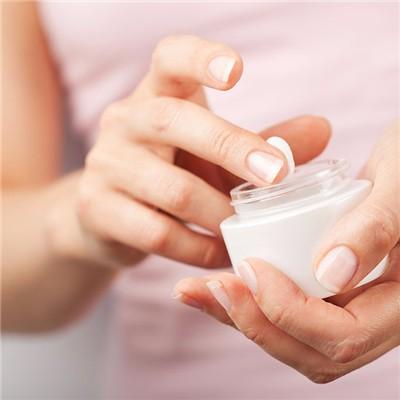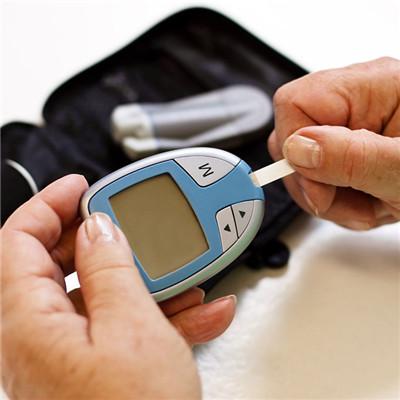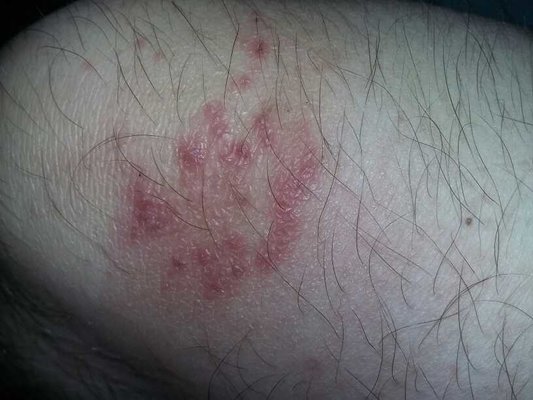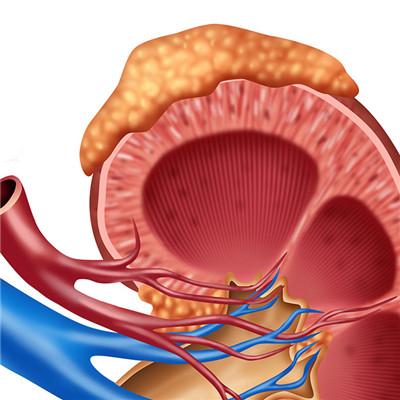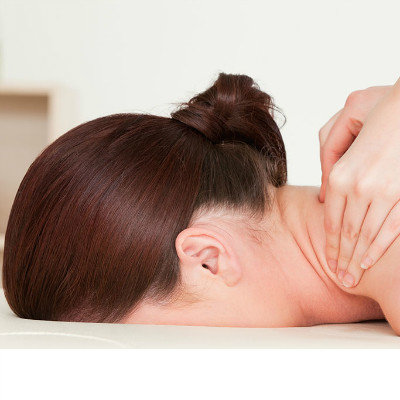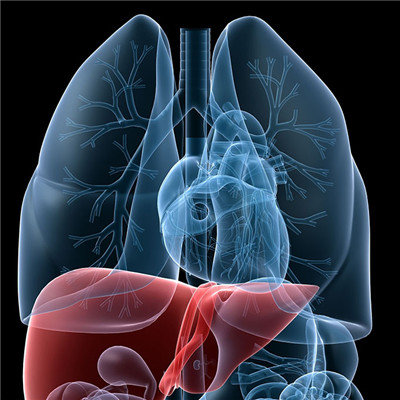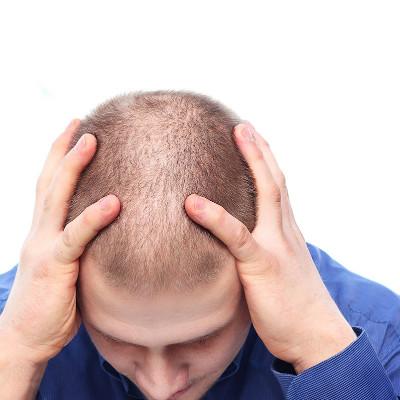Symptoms of congenital ichthyosis
summary
Ichthyosis is a common hereditary skin keratosis disorder disease, formerly known as ichthyosis, traditional Chinese medicine known as tinea serpentina. When it is more than that of children, it is mainly manifested as dry and rough skin of limb extension or trunk, accompanied by rhombic or polygonal scales, with the appearance of fish scale or snake skin. In severe cases, the skin is chapped, the epidermis is is stiff, resulting in sparse sweat hairs and abnormal perspiration, resulting in imbalance of water metabolism in the body and affecting the endocrine system. In the cold and dry season, it is aggravated, and in the warm and humid season, it is relieved. Although ichthyosis has no direct harm to human health, compared with normal people, it has some uncomfortable feelings, especially affecting the appearance of the human body. In severe cases, it also has skin cracks, bleeding and other symptoms, causing great pain.
Symptoms of congenital ichthyosis
This type of ichthyosis is a common mild ichthyosis. If one or both parents suffer from ichthyosis, there are often patients at home, but there is no gender difference. It often occurs in childhood, and the symptoms are relieved or disappeared in adulthood. The skin lesions were different in severity. The mild cases were only dry in winter, without obvious scales, and there were powdery debris after scratching. In common cases, besides dry skin, gray brown or dark brown rhombic or polygonal scales can be seen, with central fixation and free edge.

Most of the cases were distributed symmetrically in the extension of limbs and trunk, especially in the extension of elbow and knee. Flexion side can also appear, the back of the hand often has hair follicle keratin damage, accompanied by palmoplantar hyperkeratosis. General face, scalp, cubital fossa, armpit, parotid fossa, vulva, and buttock fissure are often not invaded. It is more severe in winter and less severe in summer. Patients often have ectopic constitution, such as hay fever and asthma.

It is rare. Because the gene of this disease is on X chromosome, almost all of them are male, more than 3 months after birth. The skin lesions are slightly different from the upper type. The scales are large and significant. The skin is yellowish brown or dirty black and large fish scales. The skin is dry and rough. The skin lesions can be localized or generalized. The anterior part of the neck, the extended side of the limbs and the trunk are often involved. If the face is involved, it is only limited to the front of the ear and the side of the face. Armpits and elbows can also be involved in infancy, popliteal fossa can be involved in adulthood, neck is the most seriously involved, trunk and abdomen is more serious than back. Keratinization of hair follicles does not occur in general.

matters needing attention
At birth, the baby was wrapped in a parchment or collodion like membrane, with limited movement and ectropion. Cracks and exfoliation occurred within 24 hours, and large pieces of cuticle exfoliation appeared after 10-14 days. With the peeling of the membrane, erythema and scales can be seen below, which are usually systemic and can affect the face, palmoplantar and flexor: scales are larger and plate-shaped in the legs, while the trunk, face and scalp are smaller. Cicatricial alopecia, nail dystrophy and ectropion are common, and often accompanied by retinitis pigmentosa. In addition, the disease may develop into skin cancer, including basal cell carcinoma and squamous cell carcinoma

